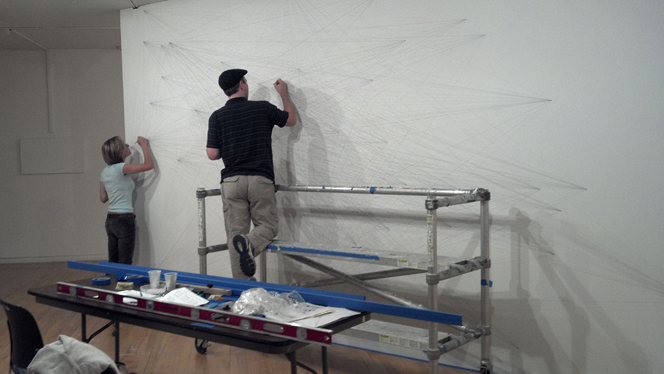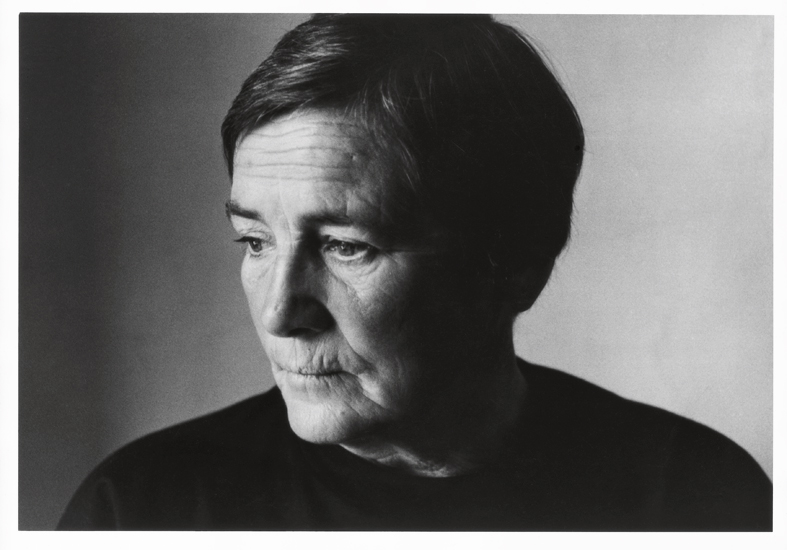Below are the images for the finalized Humpty Dumpty rhyme composition for Assignment 2.
Below are the images for the finalized Humpty Dumpty rhyme composition for Assignment 2.
It was all about colours and its hue, value and saturation. These are the ones I did for the in-class colour exercise. Part 1 was the one colour being on top of the other, and I am slowly learning of observing how one colour actually looks warmer than the other when it is put against a different shade/tint/tone/value of another colour. Part 2 on the other hand, was supposed to be using chinese characters but my name doesn’t have one. I would like to use anybody else’s, but then I forgot my name can be done in Arabic characters as well. (That explains the characters you see on the image, basically its called UMMI)
After one to one consultation with Prof, I had a few that was in the “Chosen” folder. In the process of selecting which image actually suits and flows with one another, I aligned them all into the template.
Therefore, these are my final 4 compositions that makes up the whole Humpty Dumpty rhyme.
So, I have decided to proceed on Humpty Dumpty for this project.
I had brainstorming moments with the images that the class shared in Dropbox. I also looked for my own images and mix and match wherever it looks suitable. With the images, I tried to think simple and play around with the positions to try and avoid symmetry. However, I still think those in symmetry looks the best.
The composition images below will be divided into its different lines from the verse.
(Some of the compositions had to be shared in one frame due to exceeding limit of image size for upload.)
LINE 1:
“Humpty Dumpty sat on a wall”
LINE 2:
“Humpty Dumpty had a great fall”
LINE 3:
“All the King’s horses and all the King’s men”
LINE 4:
“Couldn’t put Humpty back together again”
In conclusion, I tend to go for minimalism in the compositions, and I liked the repetition being included in the compositions for Line 3. These compositions are experimented on but sadly, not chosen for the final composition.
Walk with me through this journey~
This journey shows my daily routine to school almost everyday through the week. The idea was to capture what I see and experience during the journey to school and back home, into still images.
So after the recent in-class cinema critique, I’ve edited a few of the images and probably will still continue to edit on a few areas.
With that, end of Assignment 2!
(This video is my first cut on the journey I’ve chosen. Some audio that I’ve recorded have not been put in here — that explains the silence at some part.)
*krik krik.. title sounds too long*
When we were given the assignment…. “Still images into a video?”
Not much ideas flowed into my mind, except for the common journey to school, journey of travelling etc. Initially I wanted to mix my ‘journey to school by car’ and ‘journey to school by public transport’ together and then finishing with the ‘journey back home from school by public transport’.
Howeverrrrrr, I didn’t really know how it will turn out so I just focused on my normal to and fro school by public transport. When I took these images, I admit that I felt it was abit mundane…… Knowing there wasn’t anything fancy or interesting to show.
Consultation with Prof, he mentioned to have different audios along the journey to school. For example, while waiting for the traffic light to welcome the green man, what interesting conversation was there by people around me? Or, in the bus, what interesting convo was there? The sound of the television heard from outside the house just as I reach the corridor?
And with those comments from Prof, I actually tried to capture some of the sounds/audios as much as possible.
*Recent comment from Charlene was to include what I see (strange or interesting things) while I am on the way to school. Those little things that peak hour people rushing to work would not notice. And so I shall set another mission for myself this recess week — hoping that I’d have enough time before the consultation the following Tues.*
(I feel — or more of I know — that this area is not my expertise, do feel free to comment on what to improve and what I should take away or something like that. Thank you!)
“Mary had a little Lamb”
Mary had a little lamb,
Its fleece was white as snow;
And everywhere that Mary went,
The lamb was sure to go.
He followed her to school one day,
Which was against the rule;
It made the children laugh and play
To see a lamb at school.
And so the teacher turned him out,
But still he lingered near,
And waited patiently about
Till Mary did appear.
“What makes the lamb love Mary so?”
The eager children cried.
“Oh, Mary loves the lamb, you know,”
The teacher then replied.
When the assignment was given, for a second, I don’t really remember any nursery rhymes only until it was played in class. At first I thought it was really just sourcing for images that has die-die got to do with the rhyme but then I realised we can go out of the box. And I think the most interesting image I had was the Gargoyle. (hahahahahaha blame the lecture of Art History.)
These are the photos that was edited so far, and saved in Dropbox.
*still in the mode of searching for more interesting images to edit*
P/S: these images are sourced from googling Old Engraving (of insert word), Vintage (insert word), or mainly (insert what you want to find). I don’t really have the original website with me…..but I’ll put it up the next time!
Besides Agnes Martin, I actually looked up on Ed Moses and a little bit on Sol LeWitt. So I went to the ADM library and borrowed these books (see below) for further reference.
Although the research of these 2 artists are brief, I managed to get some information about them and their techniques.
First of, we have Sol LeWitt.
Sol LeWitt is a leading figure of Minimalism and pioneer of Conceptual art. LeWitt’s work is characterized by serialization, repetition, and progression, exemplified by his iconic open-grid structures. LeWitt’s wall paintings are just about the same as Agnes Martin, lines are mathematically drawn. In LeWitt’s case, once he does the calculations and planning, he would get his assistants to carry out the work for him with specific instructions.


I actually watched a documentary before about LeWitt’s art techniques and how he works in the industry. They actually showed his assistants working on the installation — not 1 or 2, but at least 4 people working on a wide wall.
Next, Ed Moses, the artist.
![[CLOSE UP] Monographs of Ed Moses (and the process of his art-making) by Radius Books.](http://oss.adm.ntu.edu.sg/ummi0001/wp-content/uploads/sites/329/2015/09/EDMOSES_1.jpg)
I considered myself lucky to have found the book (see above) in the ADM library. Although the weight was a total burden, I had to do what I had to do for research — BORROW IT!
In the book contained bits and pieces of the artist, his artworks, and FAQs. I admit I was solely interested in his artworks besides anything else. But I picked up a few information from the book as well.
Ed Moses…..
Techniques
Interesting information of his techniques are actually the materials he used for his artworks. As stated above, he uses unusual materials like raw mahagony and unstretched canvas; unusual tools like long-handled mops, sponges and squeeges, besides normal rollers and brushes.
(There’s more…)
Moses also used….
Here are some snapshots of his artworks from the book. (I should have done proper citation of the images. My bad!)

Most of the time when I continued to flip the pages, I was in awe with how contrasting and bold Moses’ artwork are.
In conclusion with these 2 artists, I mainly looked at their artworks for inspiration and motivation to continue coming up with whatever I have at the back of my mind. I didn’t really plan to follow this artist to that type of art piece, I just do without thinking. Then when Prof Ina mentioned mine had some of Agnes Martin’s work in the monoprint etc, I was like…… “really?”
Funny how I didn’t even realised that!
Major throwback to the first week of Foundation 2D.
This was a group research that Caroline and I did during the first lesson of 2D. We chose and was assigned one of the many artists — Agnes Martin. This research is a hand-me-down information from the slides that we did. (So basically I’m just transferring the information here.)

Agnes Martin (1912 – 2004)
Martin was known as an American abstract painter, referred as a minimalist but considered herself an abstract expressionist. She turned to art around the age of 30, when she was a student at Columbia University in New York.
So when I typed “Agnes Martin artworks” at Google search, I was perplexed, surprised and couldn’t really believe what I was looking at! The picture above is one of the many artworks of Martin’s. Look at how simple her artworks are — geometrical shape, and just lines by pen and a ruler. At that point of time I was thinking to myself “WHAT? That means if I were to just draw a single line in pencil and tell people ‘This is my art piece’, I would be famous too?”
HA HA HA (Dream on Ummi)
That was definitely a complete puzzle to me and that was the first impression of Martin’s artworks. She has this signature style of hers where she uses squared monochrome canvas, layered with gesso, overlaid with hand-drawn pencil lines and thin layers of oil or acrylic paint.
(More examples of her pencil-ed lines below…)
Let me share Martin’s techniques used in her artworks. Firstly, pencil lines. As you can see from the above examples, you can tell that she is a mechanical person. She actually has hand-drawn horizontal, vertical or in grid formations across gesso canvas. She stretched string across the canvas and uses ruler to draw. Then, her line spacing was mathematically worked out on paper, then painted between to form solid bands.
Secondly, colour range in her artworks. Martin mainly uses the primary colours of red, blue and yellow, and of course the most basic colour of black and white. She customizes the colours by thinning, mixing, lightening and darkening them. Furthermore, with these colours, she actually creates ghostly effect of the colours by bleaching them out. That is why her coloured artworks has those neutral, gentle yet faded colours.
1974, Martin’s artworks eventually moved out from the ‘monochrome zone’ and became more human and involving by replacing neutral tones to brighter colours.
In general, Martin’s inspiration are mostly from nature and emotions. She always somehow connects her artworks with her emotions deep inside. Therefore, if you were to re-read the quote at the top of this post, you could see how much she would relate nature with emotions and then transferring those characters onto her canvas.
So what do I think of Agnes Martin?
Personally, I like simple stuff. I was impressed that her just a few lines could actually mean something so deep. I actually have this motto of “Less is More”, and I think Martin portrays that as well.